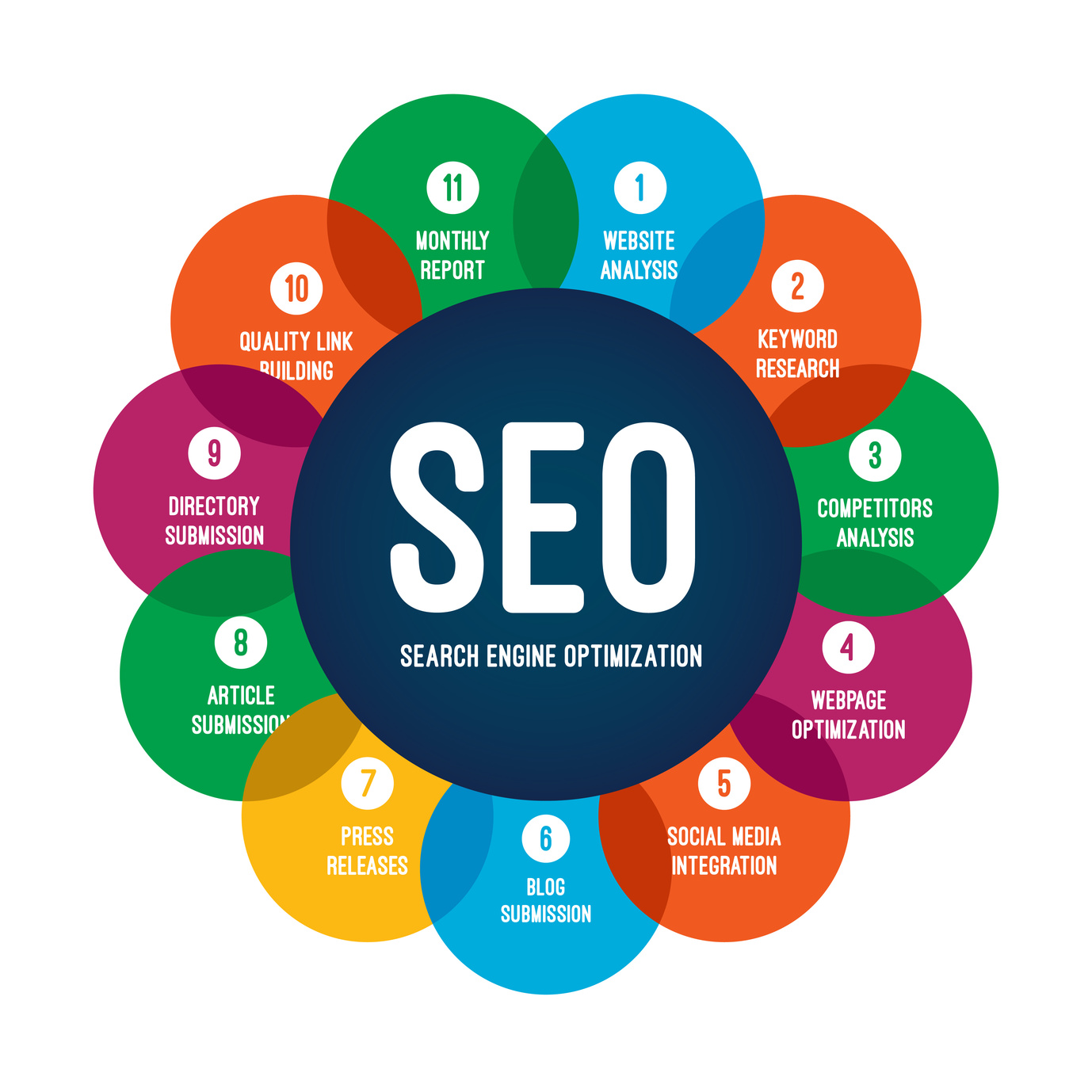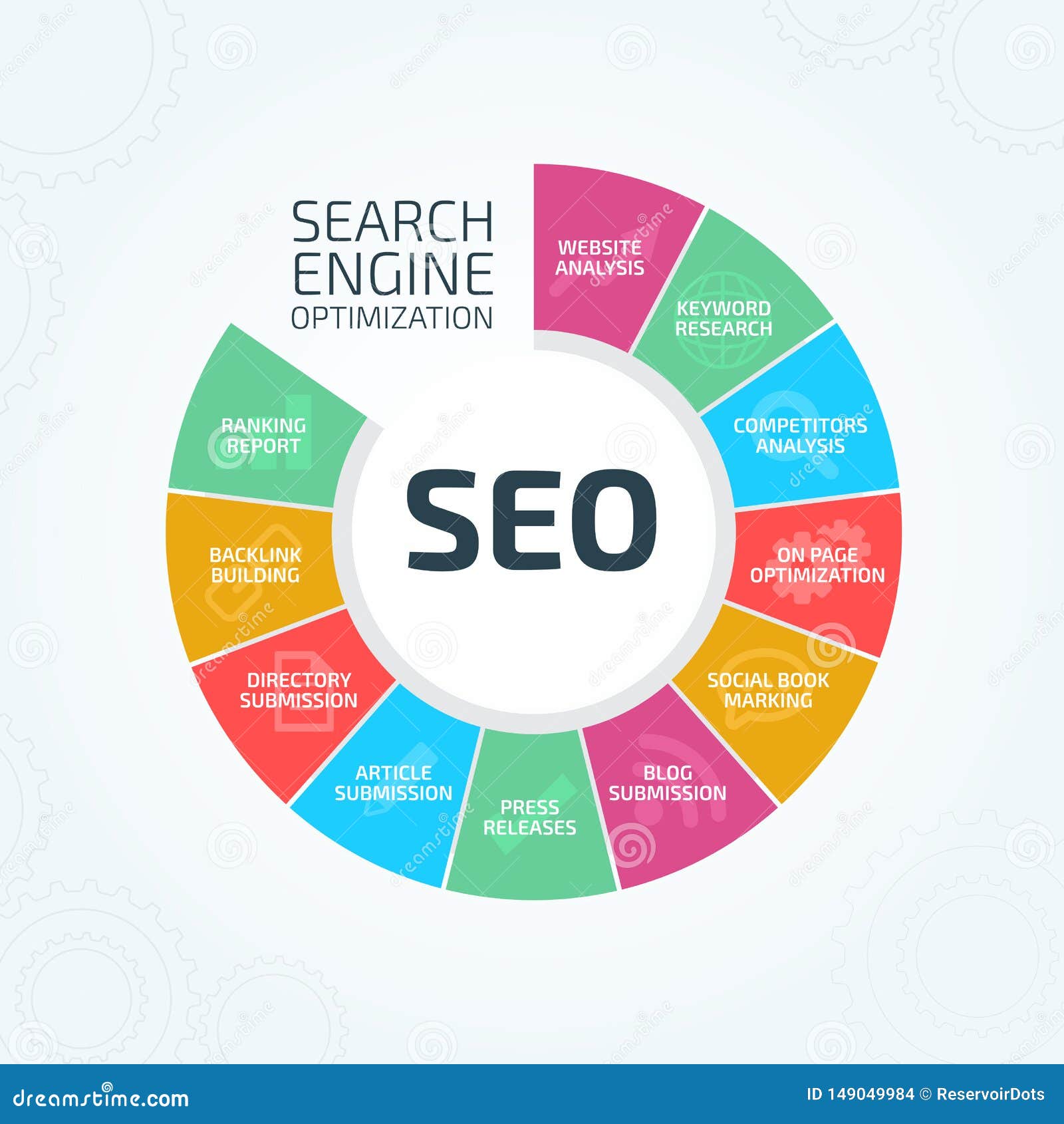
In the ever-evolving world of digital marketing, launching a new product is both an exciting and daunting task. Whether you’re introducing a SaaS application, an e-commerce platform, or a mobile app, your success hinges on one critical factor: visibility. And in today’s competitive landscape, that visibility is largely determined by how well you leverage Search Engine Optimization (SEO).
For startups and established businesses alike, SEO isn’t just about ranking higher on Google—it’s about connecting with your target audience at the right moment, building trust, and driving conversions. When done right, it can be the difference between a product that flops and one that becomes a market leader.
This guide will walk you through the essential steps of optimizing your digital product launch for search engines, ensuring your product not only gets seen but also resonates with your ideal customers.
What Is SEO for Digital Product Launches and Why It Matters
SEO for digital product launches refers to the strategic process of optimizing your website, content, and online presence to improve your product’s visibility in search engine results pages (SERPs). This includes everything from keyword research and on-page optimization to technical SEO and content marketing.
Why does this matter? Because over 90% of internet users never go beyond the first page of search results. If your product isn’t appearing there, you’re missing out on a massive opportunity to attract potential customers.
Moreover, with the rise of AI-driven search algorithms and the increasing importance of user intent, traditional SEO tactics are no longer sufficient. A modern approach requires a customer-centric mindset—focusing not just on what people are searching for, but why they’re searching and how your product can solve their problems.
For example, Emotional ABCs, a startup that launched an online educational SaaS application, saw more than tripled organic traffic and subscriptions after implementing a tailored SEO strategy. Their success wasn’t just about keywords; it was about understanding their audience and aligning their content with real user needs.
How SEO for Digital Product Launches Impacts Visibility and Engagement
SEO for digital product launches directly affects several key metrics:
- Organic Traffic: Higher rankings mean more visitors to your site.
- Engagement: Well-optimized content keeps users on your site longer.
- Conversions: Relevant traffic is more likely to become leads or customers.
- Brand Authority: Consistent, high-quality content builds trust and credibility.
When you optimize for a digital product launch, you’re not just trying to rank for keywords—you’re creating a seamless experience that guides users from discovery to conversion.
Consider the following:
– A user searches for “best educational software for schools.”
– Your product appears in the top results because your content answers this query effectively.
– The user clicks through, reads your blog post or case study, and eventually signs up for a free trial.
That’s the power of SEO for digital product launches. It turns searchers into engaged users and, ultimately, loyal customers.
Step-by-Step Implementation Framework for SEO During a Digital Product Launch
1. Define or Audit the Current Situation
Before launching your product, take stock of your existing SEO efforts. This includes:
- Website Health Check: Use tools like Screaming Frog or Ahrefs to audit your site for broken links, crawl errors, and technical issues.
- Keyword Research: Identify relevant keywords using tools like SEMrush, Ahrefs, or Ubersuggest. Focus on long-tail keywords that match user intent.
- Competitor Analysis: Analyze competitors’ websites to understand what they’re doing well and where you can differentiate yourself.
Example: If you’re launching a productivity app, look at competitors like Trello or Notion. What keywords are they ranking for? What content do they have?
2. Apply Tools, Methods, or Tactics
Once you’ve gathered insights, it’s time to implement strategies that align with your goals:
- On-Page SEO: Optimize title tags, meta descriptions, headers, and content to include targeted keywords naturally.
- Content Strategy: Create blog posts, case studies, and guides that address user pain points and demonstrate your product’s value.
- Technical SEO: Ensure your site is fast, mobile-friendly, and structured properly for search engines.
- Backlink Building: Reach out to influencers, bloggers, and industry publications to earn quality backlinks.
Example: For a new SaaS tool, write a blog post titled “How [Your Product] Helps Schools Save Time.” Include internal links to your product page and external links to reputable sources.
3. Measure, Analyze, and Optimize
After launch, continuously monitor your performance and refine your strategy:
- Track Key Metrics: Use Google Analytics and Search Console to track traffic, bounce rate, and conversion rates.
- A/B Testing: Experiment with different headlines, CTAs, and content formats to see what works best.
- Update Content: Refresh old content with new data, trends, or insights to maintain relevance.
Example: If a particular blog post is driving a lot of traffic but low conversions, consider adding a downloadable resource or a video demo to enhance engagement.
Real or Hypothetical Case Study: Emotional ABCs’ SEO Success
Emotional ABCs, a startup that launched an online educational SaaS application, faced a common challenge: limited budget and a need for rapid growth. They partnered with The Gray Dot Company to implement a comprehensive SEO strategy during their product launch.
Here’s what they did:
- Conducted in-depth keyword research targeting niche education keywords.
- Optimized their website for mobile and speed.
- Created blog content addressing common challenges in education.
- Built backlinks through outreach and guest posting.
The result? More than tripled organic traffic and a significant increase in subscriptions. Their product is now used in over 55,000 schools across the USA.
This case study highlights the power of a well-executed SEO strategy for digital product launches—especially when aligned with customer needs.
Tools and Techniques for SEO During a Digital Product Launch
To make the most of your SEO efforts, use these powerful tools:
- SEMrush – For keyword research, competitor analysis, and content optimization.
- Ahrefs – For backlink analysis and tracking keyword rankings.
- Google Analytics & Search Console – To monitor traffic, user behavior, and site health.
- Screaming Frog – For technical SEO audits and site crawling.
- SurferSEO – For content optimization and semantic scoring.
- Canva or Adobe Express – For creating visually appealing content and infographics.
Each of these tools plays a role in helping you build a strong SEO foundation for your product launch.
Future Trends and AI Implications for SEO in Digital Product Launches
As AI continues to shape the future of search, SEO for digital product launches must evolve. Here are a few trends to watch:
- Voice Search Optimization: With the rise of smart speakers and voice assistants, optimizing for natural language queries will become increasingly important.
- Multimodal Search: Google is now experimenting with image and video-based search. Make sure your content is optimized for all formats.
- AI-Generated Content: While AI can help create content faster, it must be used strategically to maintain quality and authenticity.
To stay ahead, focus on creating high-quality, human-centric content that aligns with user intent. As AI becomes more prevalent, the ability to understand and anticipate user needs will be a key differentiator.
Key Takeaways
- SEO for digital product launches is about more than keywords—it’s about understanding your audience and solving their problems.
- Start with a solid foundation: audit your site, conduct keyword research, and build a content strategy that addresses user intent.
- Use the right tools to measure, analyze, and optimize your efforts.
- Stay ahead of trends by embracing AI and multimodal search.
- Remember: SEO is a continuous process. Keep learning, adapting, and refining your strategy.
Now that you have the roadmap, it’s time to take action. Your next product launch could be the one that changes everything—and with the right SEO strategy, it just might be.
Meta Title: The Ultimate Guide to SEO for Digital Product Launches
Meta Description: Learn how to optimize your digital product launch with proven SEO strategies that drive traffic, engagement, and conversions.
SEO Tags (5): SEO for Product Launches, Digital Marketing, On-Page SEO, Content Strategy, Technical SEO
Internal Link Suggestions: Parameter #10: Keyword Research, Parameter #12: Content Marketing, Parameter #7: Technical SEO
External Source Suggestions:
– https://www.semrush.com
– https://ahrefs.com
– https://search.google.com











